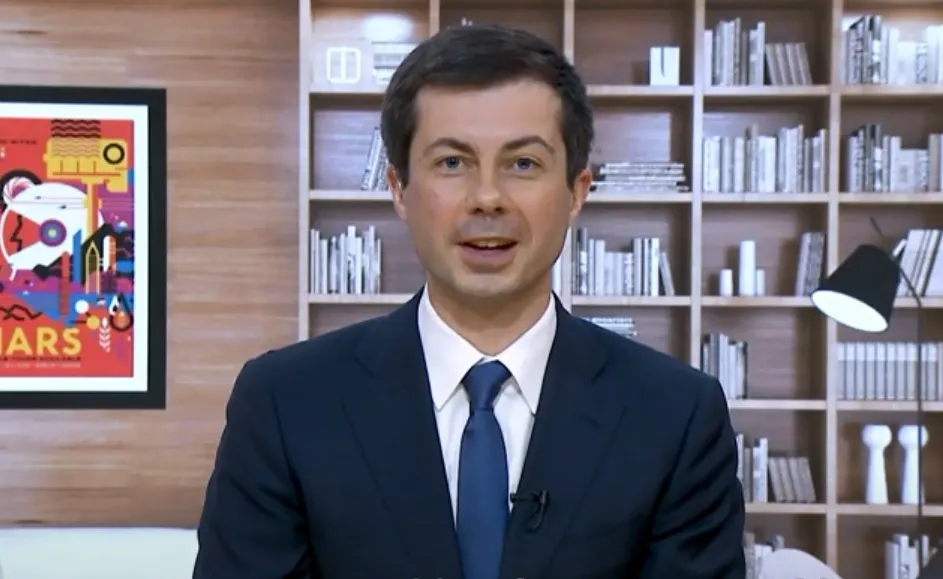US financial research organisation Fitch Ratings has released its spring US Transportation Trends report which indicates that growth will remain healthy for all three US major transportation sectors (airports, ports and toll roads) this year.
Commenting on toll roads, Fitch notes that low fuel prices have boosted growth in traffic (6.6 per cent) and revenue (8.3 per cent) since the second half of 2015. The south-east and south-west US have and will continue to lead in traffic performance. The higher rate
April 21, 2016
Read time: 2 mins
US financial research organisation Fitch Ratings has released its spring US Transportation Trends report which indicates that growth will remain healthy for all three US major transportation sectors (airports, ports and toll roads) this year.
Commenting on toll roads, Fitch notes that low fuel prices have boosted growth in traffic (6.6 per cent) and revenue (8.3 per cent) since the second half of 2015. The south-east and south-west US have and will continue to lead in traffic performance. The higher rate of growth in revenues is reflective of typical inflationary toll rate increases, which Fitch expects to average roughly two per cent over time.
Fitch expects air passenger traffic growth to increase over three per cent in 2016, with the bulk coming from international hub airports. All major US carriers have seen positive traffic growth through the first part of 2016, though a wide range of performance remained. JetBlue (15.2 per cent) and Southwest Airlines (12.2 per cent) led the way with strong increases in revenue passenger miles while increases among United Airlines (1.3 per cent) and American Airlines (3.1 per cent) were more marginal.
Ports nationwide will continue to benefit from a stronger dollar driving imports, with twenty-foot equivalent units (TEUs) growing modestly last year in line with overall GDP. A primary focus for ports remains 'big ship readiness'. Shippers, logistics providers and ports will be keeping close watch over the expanded Panama Canal, which opened for commercial traffic this year. While large-scale shifts in cargo are not expected, some adjustments are possible.
According to Fitch, a degree of uncertainty always remains for the long-term direction of the broader economy, especially after a rather volatile first three months of the year.
Commenting on toll roads, Fitch notes that low fuel prices have boosted growth in traffic (6.6 per cent) and revenue (8.3 per cent) since the second half of 2015. The south-east and south-west US have and will continue to lead in traffic performance. The higher rate of growth in revenues is reflective of typical inflationary toll rate increases, which Fitch expects to average roughly two per cent over time.
Fitch expects air passenger traffic growth to increase over three per cent in 2016, with the bulk coming from international hub airports. All major US carriers have seen positive traffic growth through the first part of 2016, though a wide range of performance remained. JetBlue (15.2 per cent) and Southwest Airlines (12.2 per cent) led the way with strong increases in revenue passenger miles while increases among United Airlines (1.3 per cent) and American Airlines (3.1 per cent) were more marginal.
Ports nationwide will continue to benefit from a stronger dollar driving imports, with twenty-foot equivalent units (TEUs) growing modestly last year in line with overall GDP. A primary focus for ports remains 'big ship readiness'. Shippers, logistics providers and ports will be keeping close watch over the expanded Panama Canal, which opened for commercial traffic this year. While large-scale shifts in cargo are not expected, some adjustments are possible.
According to Fitch, a degree of uncertainty always remains for the long-term direction of the broader economy, especially after a rather volatile first three months of the year.










